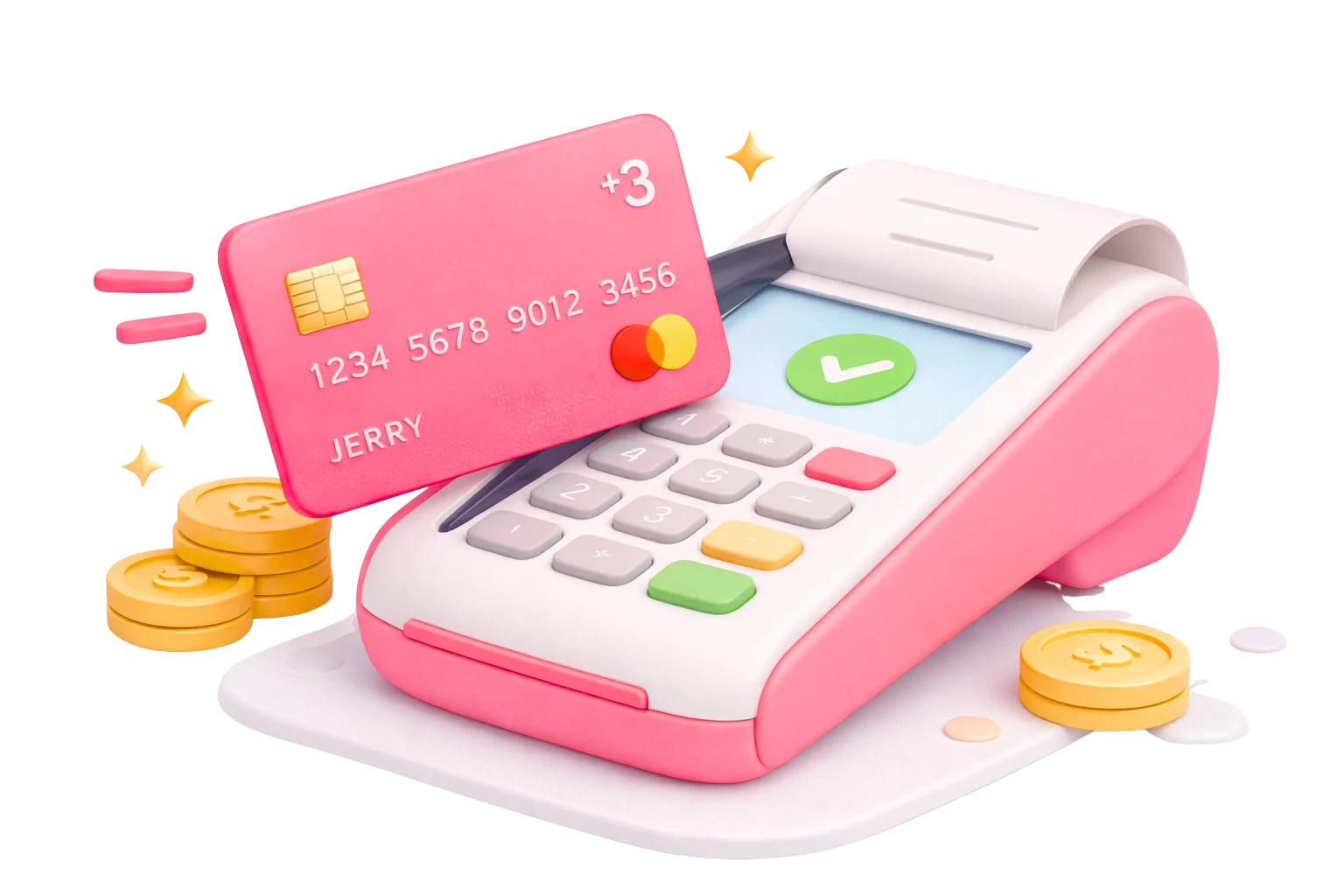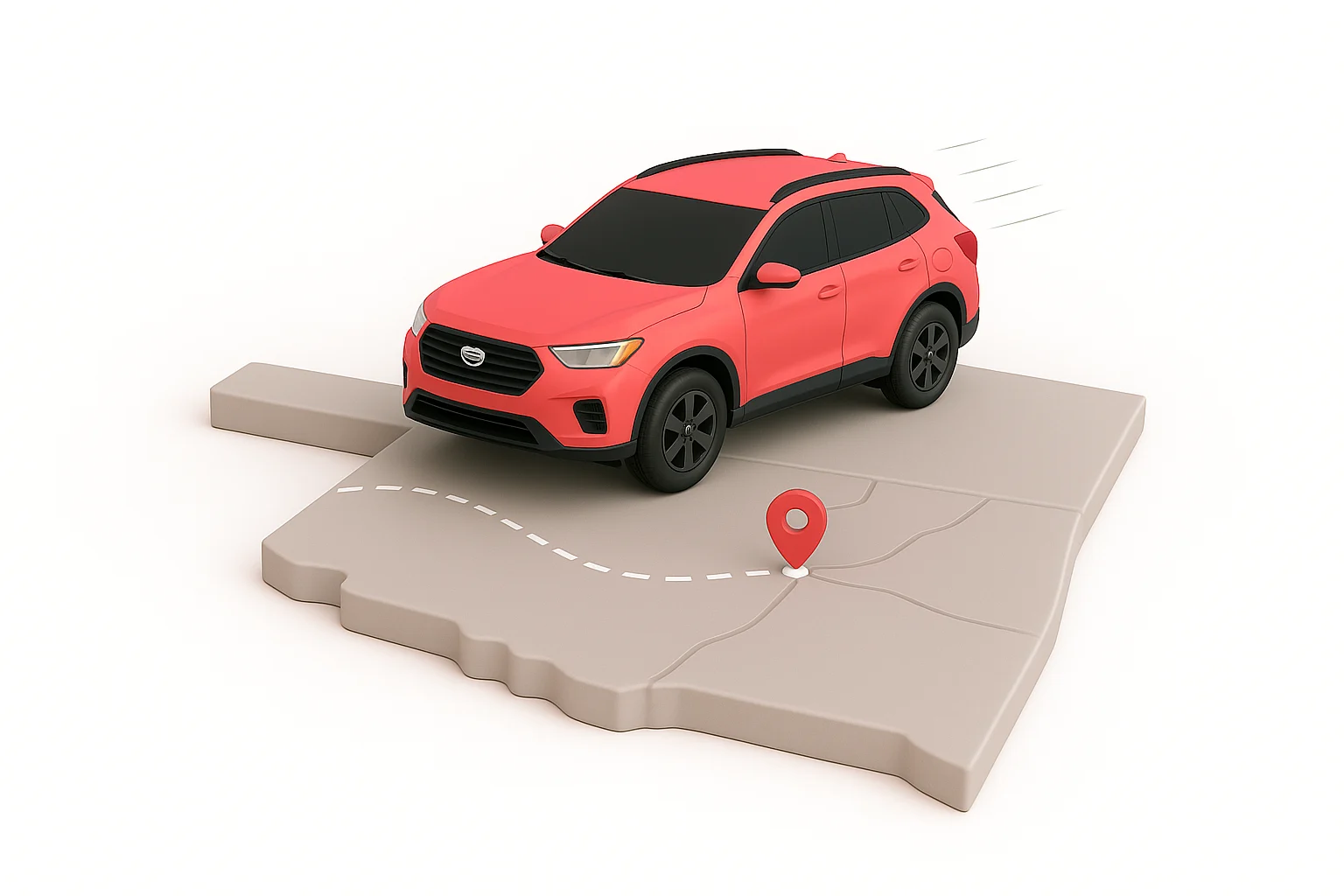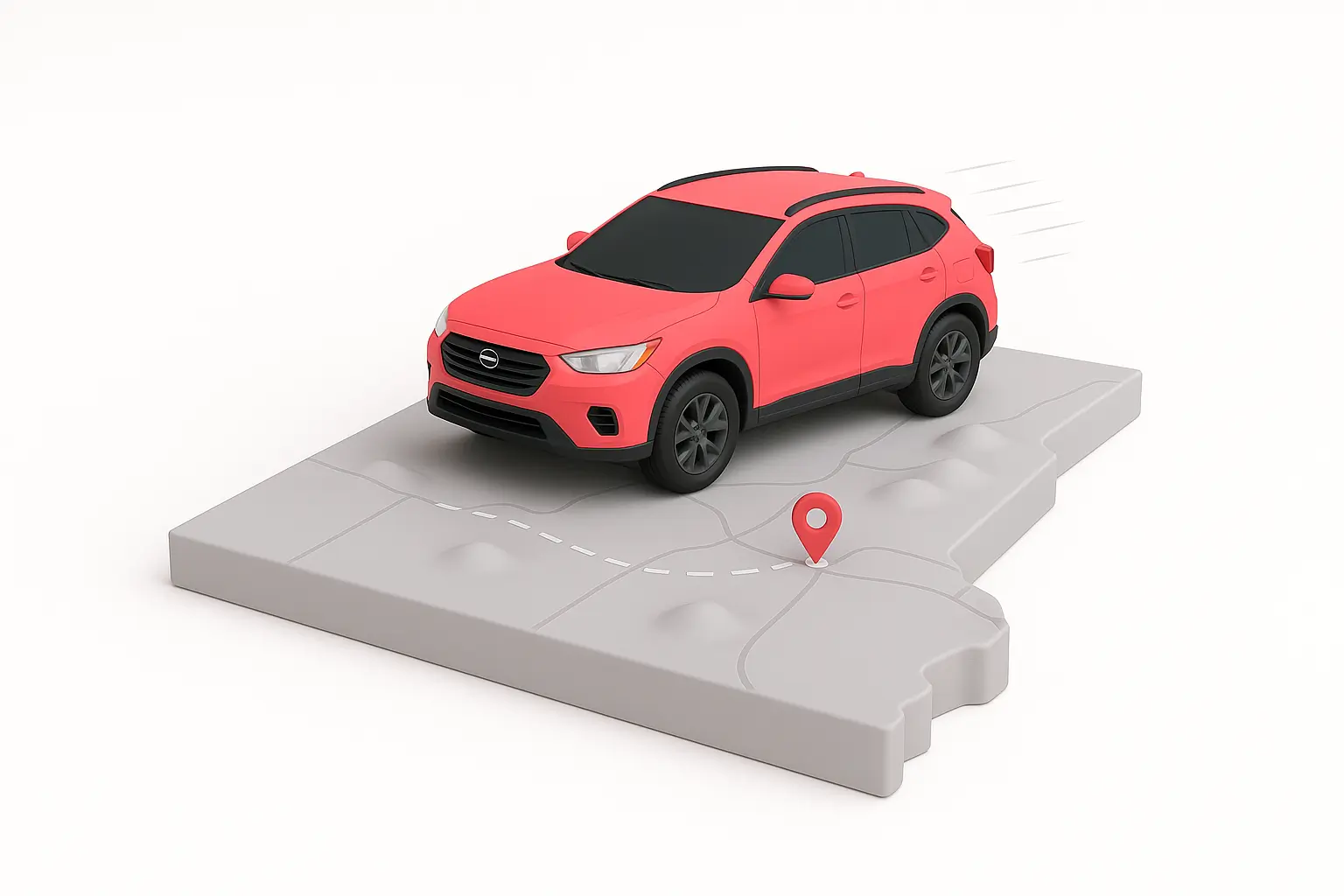Paying your car insurance might seem straightforward – you get a bill, you pay it. But how and when you pay could actually save you money, or cost you more than you need to spend.
Jerry has helped 1,158,581 drivers compare car insurance quotes in the last year, and customers who bought a policy can easily pay their premium through the Jerry app.
Let’s break down everything you need to know about paying your car insurance, and how to do it in a way that saves you money.

Jerry pulls up to 20 quotes from top rated carriers.
Ways to pay your car insurance premium
Insurance companies give you plenty of flexibility when it comes to paying your premium.
Here’s a breakdown of each payment method, along with the pros and cons to help you decide which one works best for you.
🏦 Bank account
You can let your insurer automatically withdraw directly from your checking or savings account. This is usually the cheapest option.
-
Often qualifies for an autopay discount.
-
You don’t pay any processing fees.
-
You could overdraft and get hit with bank fees if your account balance is low.
💳 Credit or debit card
This is the most common way to pay. You can set up autopay or make one-time payments.
-
Convenient.
-
May earn credit card rewards or points.
-
Can set up automatic payments with this method.
-
Some insurers may charge a small processing fee.
-
If you carry a credit card balance, you’ll pay interest.
📝 Check or money order
An old school way to pay, but it works. Simply mail your payment to the address on your bill.
-
No need to share bank account or credit card information online.
-
If you don’t mail in time, you could miss payment deadlines and pay fees.
-
No option for automatic payments.
💵 Cash
Some insurers that have local offices will accept cash payments.
-
A good solution if you don’t have a bank account or credit card.
-
Inconvenient.
-
Requires finding an in-person office.
-
No option for automatic payments.
Key takeaway: Most insurers accept credit cards, debit cards, bank transfers and checks. You could also pay cash at an in-person office. Paying directly from your bank account is usually the cheapest option and could qualify you for a discount.
Get covered by Jerry and pay through the app
Jerry compares quotes from over 50 insurers in minutes. Just download the app, answer a few quick questions about yourself and your car, and you’ll get personalized quotes side-by-side.
Once you choose a policy, Jerry handles the paperwork and can even help cancel your old policy for you. You can then pay your premium directly through the app, set up autopay and manage everything in one place.
Paying car insurance in full vs. monthly
Most insurers let you pay monthly or “in full”, which means paying the whole amount up front. This is typically done every 6 months or annually. Paying in full almost always saves you money. Insurers reward you because there’s less paperwork and no risk of late payments.
But paying in full isn’t realistic for every driver. Monthly might be the better choice if:
💸 You can’t afford the entire payment without straining your budget.
🚨 You need that cash for emergencies or other priorities.
📅 Your income varies month to month.
Key takeaway: Paying your car insurance premium in full can save you money, but if it strains your budget, you can also pay month-to-month.
What happens if you miss a payment
Life happens, and missing a car insurance payment isn’t the end of the world. Here’s what to expect and how to get back on track.
⏳ Grace period: Most insurers offer a 7-30 day grace period to pay before canceling your policy, and you’re still covered during this time.
📩 Late notices: Expect reminder emails, texts or letters within the first week or two, followed by a cancellation notice if you still haven’t paid.
📞 Call your insurer: If you can’t pay right away, insurers may work with you by extending your due date or accepting a partial payment.
🔄 Reinstatement: If your policy is canceled, you may be able to reinstate it by paying the past-due amount plus any fees, especially if the lapse was under 30 days.
🔁 Set up autopay: Once you’ve caught up, automatic payments can help you avoid this situation in the future.
Why it matters: It’s important to stay on track with payments so your policy isn’t at risk of being cancelled. Driving without insurance is illegal in every state except New Hampshire.
Learn more: How to get help paying for car insurance

It only takes 2 minutes to sign up at Jerry.
faq
-
💰 Is it better to pay car insurance monthly or in full?
-
💳 Can I pay car insurance with a credit card?
-
⚠️ What happens if my payment doesn’t go through?
-
📅 Can I change my payment due date?
-
🔁 Do I get a discount for autopay?
-
📞 What if I can’t afford my car insurance payment?
Methodology
Data included in this analysis comes from policies that Jerry has quoted within the last 6 months for drivers with a clean record and that have full coverage, unless stated otherwise. Data related to violations, accidents or credit scores pull from quote data from the last 18 months. Jerry services 48 states and offers a range of insurance companies to choose from.

Ben Moore is a writer and editor at Jerry and an auto insurance expert. He previously worked as a writer, editor and content strategist on NerdWallet’s auto insurance team for five years. His work has been published in The Associated Press, Washington Post, Chicago Sun-Times, MarketWatch, Nasdaq and Yahoo News. He also served as a NerdWallet spokesperson, with appearances on local broadcast television and quotes in Martha Stewart and Real Simple magazine.
Ben has an extensive background in digital marketing, working on affiliate and programmatic advertising campaigns for brands like Cabela’s, H&R Block and Sears. He holds a bachelors degree in marketing from Olivet Nazarene University.






